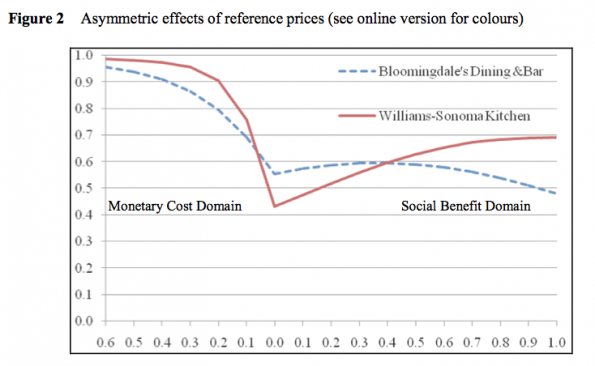If you and your soon-to-be spouse are Nate Silver fans, your wedding registry just became a new statistical playground.
Researchers have examined the data from 555 online wedding registries spanning seven retailers to determine the statistic probability of purchasing certain gifts. The study was published in the most recent issue of International Journal of Electronic Marketing and Retailing.
Just as you suspected, your wedding guests can be divided into two categories: those who actually care about your magical matrimony, and cheap jerks who are just there for free cake and booze.
According to previous research cited in the study, 84 percent of gift givers are motivated by either social or monetary reasons. In other words, one segment of your wedding guests gives gifts to enhance the social relationship between the gift giver and recipient. The other group is gifting out of obligation and is primarily interested in reducing monetary costs.
Rather than finding a traditional bell curve where items in the moderate price range are the most popular, the researchers found that these two conflicting gift-giving motivations are reflected in the distribution of items purchased.

For the sake of this statistical analysis, researchers used the average price of each registry’s items as the reference point, represented as 0.0 on the x-axis above. The y-axis shows the probability of the item being purchased. Wedding guests who want to prove their love to the newlyweds are likely to buy big-ticket items, and everyone else spends the minimum amount that they can while still fulfilling their gift-giving obligation. Items that are moderately priced are unlikely to be purchased at all, since they appeal to neither group.
The results inform both consumers and retailers, researchers note:
- Of the 555 registries, the average rate of fulfillment was 53 percent in terms of items and 47 percent in dollar value.
- Requests for “dining and bar” and “kitchen” items were most likely to be fulfilled, whereas purchases of “hardware” and “furniture” were unlikely.
- The rate of fulfillment for less-expensive items is, overall, higher than that of more-expensive items. That’s bad news for retailers, because “the increase in the number of fulfillments appears to be more than offset by the decrease in purchase price.”
The researchers acknowledge that they could not account for gift-givers who buy multiple inexpensive items as part of a larger gift. This limitation hit home for one researcher, who, according to the study, “received a $5 ice cream scoop as part of a multi-item wedding gift.”
So how can you and your partner game the system? Shift the average item price of your registry, which serves as an “external reference” for gift buyers. Or, if there is one item that you truly desire, keep it outside of the average-price dead zone.





